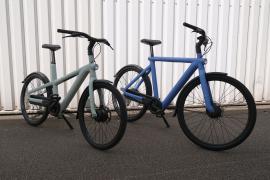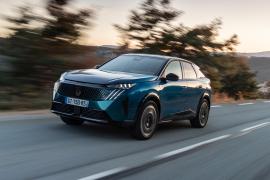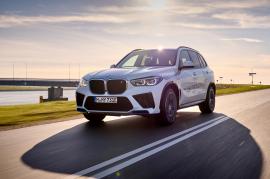Vivaro-e Hydrogen hauler solves white van man’s range woes
Delivery drivers of the world rejoice
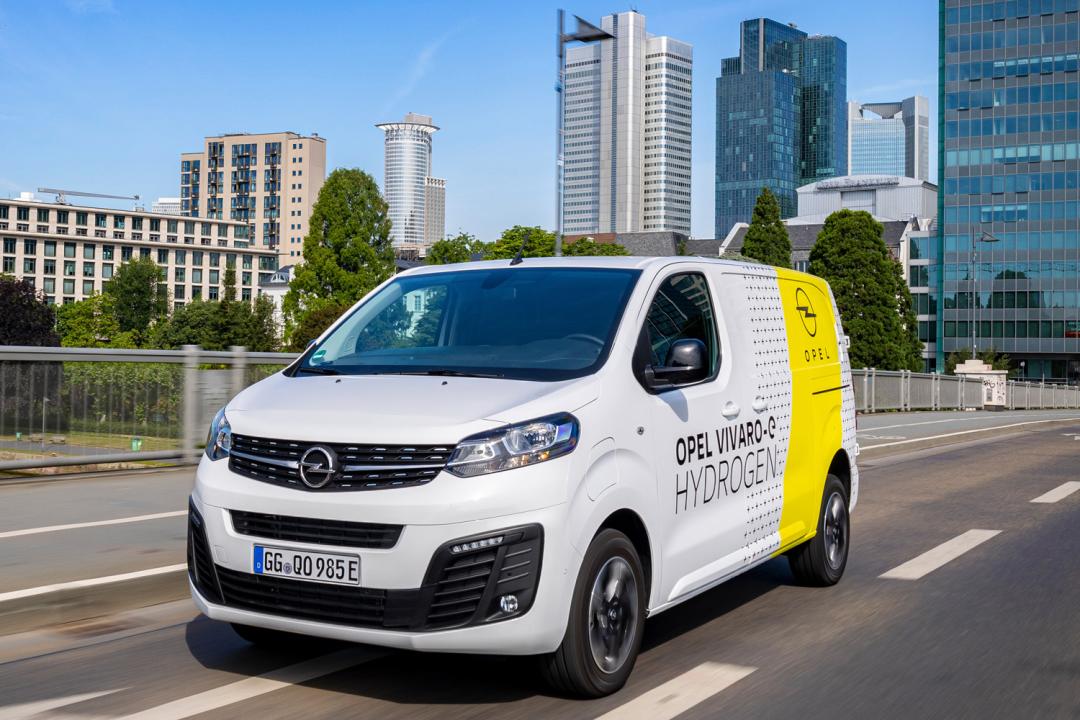
White van man can be spotted all over Britain, riding the roads in their diesel-powered load haulers. These notoriously smoky dinosaurs are slowly being replaced by electric vans, which make a lot more sense for the last-mile deliveries that are now the norm thanks to online shopping. But there’s more to come. One brand now has a plan to take that thinking a step further, using hydrogen for even faster fill-ups.
Stellantis (not a Swedish house DJ but a motoring megacorp home to the likes of Vauxhall, Citroen and Peugeot) has a neat variation of its Vivaro-e electric light commercial vehicle (LCV), sold in Europe under the Opel badge. The Vivaro-e Hydrogen panel van is being built in growing numbers at Opel’s Special Vehicles facility in Russelsheim, Germany – which we just got to see first hand.



Regular electric vans arrive at the factory and have much of their conventional EV tech removed. Engineers shoehorn in a cocktail of tech to produce a van that uses the best of both worlds; hydrogen and electric. Emissions? A few harmless water drops out of the tailpipe.
Looking at one of the vans as it’s being converted, the engine bay appears a little Heath-Robinson, with a tangle of tech that the gaggle of mechanics have to tame before the panels are put back on. In the back there are three tanks under the floor, which are filled with 4.4kg of hydrogen that can be replenished in just 3 minutes – a heck of a lot faster than an EV-only van.
The hydrogen fuel cell works in tandem with a 10.5kWh battery pack for an impressive 134bhp end result, driven through the front wheels. Having 192lb ft of torque on tap is nothing to be sniffed at, either.
The real bonus with hydrogen is that a delivery driver can cover up to 250 miles between refills. Even once the hydrogen supply is depleted, the battery pack can keep white van man going for just over 30 miles. That should be enough to get to the next hydrogen outlet in Germany, where there is a much more cohesive strategy in place. The UK only has a handful of locations where you can fill up right now, which makes the concept rather less convincing.



Aside from the clever tech, driving one of these panel vans is much the same as it’s always been. The cabin has two single seats rather than three to accommodate the lithium-ion battery pack squeezed underneath. Clamber in and you’ll spot a dashboard similar to the ones seen in recent Stellantis road cars; the main difference is that one dial shows available battery, while the other indicates remaining hydrogen. The single-speed auto gearbox makes the Vivaro-e Hydrogen van a get-in-and-go operation.
If you’re not used to driving panel vans there’s the extra bulk to consider, though any self-respecting white van man will love the cargo space inside. You get 5.3 cubic metres in the standard van that we tried, which jumps to 6.1 cubic metres in the long-body edition. Maximum payload is a sizeable 1,000kg, which is plenty for a lot of Amazon parcels or whatnot. The idea has already so-impressed German electrical goods manufacturer Miele, for example, it has signed up for its own fleet of hydrogen electric haulers.
The drive is reasonably quiet, though made a little noisier when you haven’t got any actual cargo in the van. There’s certainly nothing even close to the clatter of an old-school diesel to drown out the radio. That, if you’re white van man, is a very good thing indeed. It rolls a little in the corners, as you’d expect, but is great on highways and can reach the heady heights of 68mph before you reach your next delivery point.
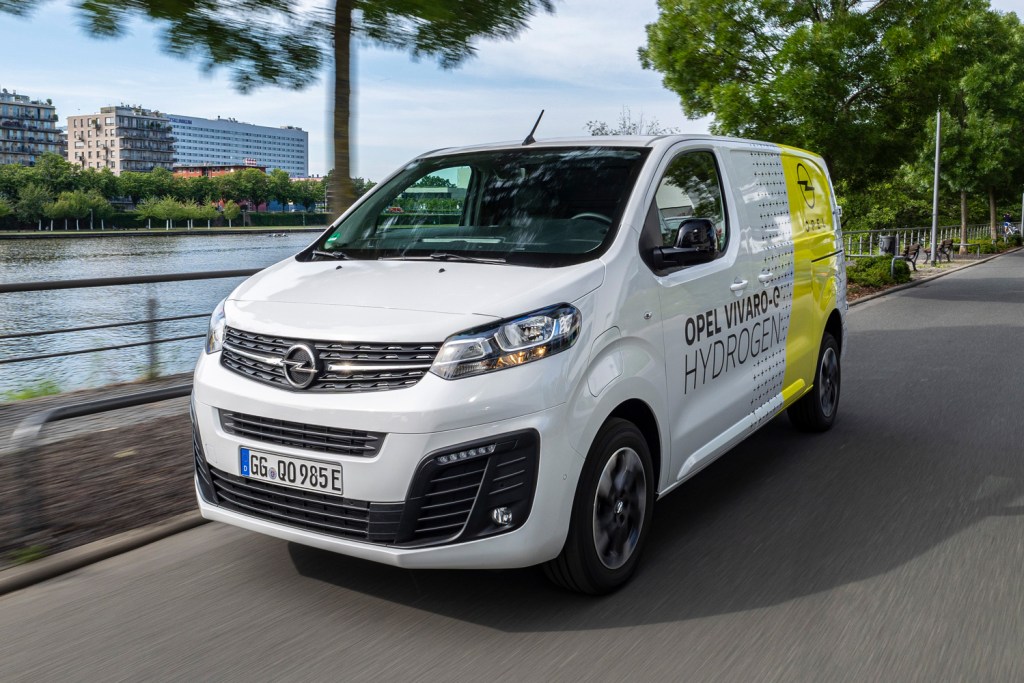
Generally speaking then, this is a great idea limited only by the lack of hydrogen outlets in the UK. Full marks to Germany, on the other hand, for doing its best to make the scheme work with a plan to build on the infrastructure it already has in place.

